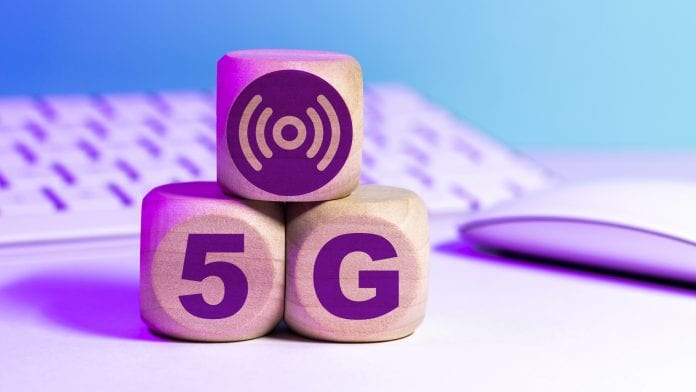
By empowering new tools, 5G enabled healthcare may help aid in caring for patients and preparing for complex medical procedures.
While augmented reality (AR), virtual reality (VR) and spatial computing are already being used in healthcare on a limited basis, 5G enabled healthcare may eventually further enhance a doctor’s ability to deliver innovative, less invasive treatments.
Among 5G’s many ultimate potential applications, some of the most exciting involve its role in simulating complex medical scenarios and enabling alternative treatments for the critically ill.
5G enabled healthcare
5G is the fifth generation of cellular wireless technology, which can offer massive connection power and fast internet speed for data transfer. Implementation of 5G technology accelerated the demand for various healthcare technologies such as the Internet of Medical Things, AR/VR, artificial intelligence (AI), remote medical learning, and remote patient monitoring to name a few.
Patient real time information is important data for doctors to take decisions in a critical situation. This has accelerated the demand for advanced technologies in the healthcare sector. For instance, telemedicine requires an advanced network that offers support in real time, providing high-quality video communication without slowing down the facility’s network. Integration of 5G network in existing infrastructure provides real time data transfer of images, documents, and real time videos for video-based medical consultations, to improve the quality of care.
North America held a dominant share of the global 5G enabled healthcare services market in 2019. It is expected to continue its dominance throughout the forecast period. The US and Canada are the major countries that drive the 5G enabled healthcare services market in the region.
Demand for 5G
The aging population is expected to increase the demand for advanced solutions such as mHealth solutions, and home healthcare, which require high-speed internet. According to the Population Reference Bureau, in 2018, 15% of the total North American population was above the age of 65 and is expected to reach 23% by 2050. Hence, the increasing aging population is accelerating the demand for 5G enabled healthcare services.
The 5G enabled healthcare services market in Asia Pacific is expected to expand at a fast-paced CAGR during the forecast period. India, China, Japan, and Australia are major countries of the 5G enabled healthcare services market in the region.
Increasing adoption of advanced communication solutions in the healthcare industry, majorly in developing countries where health care systems are often unprepared to tackle the challenges of a growing elderly population, has raised the need for high-speed internet services in the healthcare sector. Hence, this augments the adoption rate of 5G services in the healthcare industry.
Find out more about Transparency Market Research’s report here.
Aakash Choudhary
Guest Author
Senior Manager
Transparency Market Research
Do you want the latest news and updates from Health Europa? Click here for your free subscription, and stay connected with us here.









